
Inflation a Real Threat as Economy Rebounds
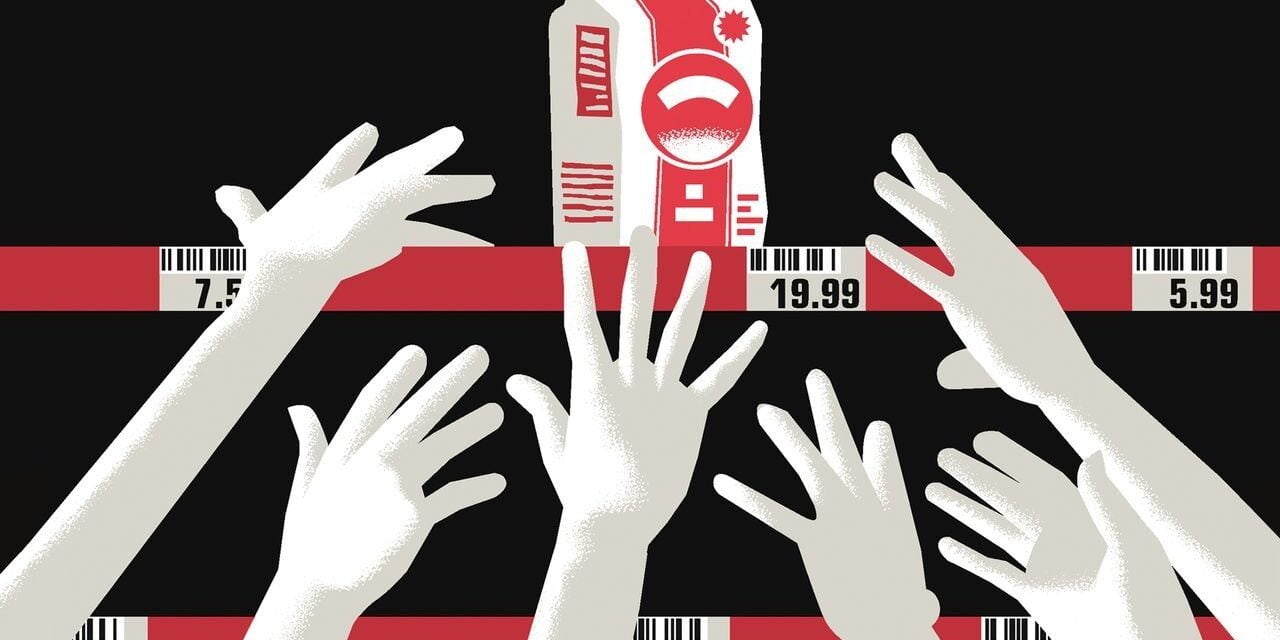
Inflation escalated during the month of June to reach a YOY increase of 5.4% (the highest since 2008) and CPI jumped roughly 1% from May to June (the highest month-to-month increase since 2008).
The increase minus food and energy was 4.5% (the highest rate since 1991). Prices for used vehicles surged more than 10% from May to June, representing one-third of the overall increase, and the cost of housing jumped 0.5%. Average hourly wages dropped 0.5% in May and increased 0.3% in June.
“These figures and labor market tightness and the behavior of housing markets and asset prices are all rising in a more concerning way than I worried about a few months ago,” says former Treasury Secretary Larry Summers. “This raises my degree of concern about an economic overheating scenario.”
Inflation rates are noticeably higher than last year as Americans begin to seek out goods and services that were not available during the pandemic, but Summers warns that President Joe Biden’s massive spending plans could exacerbate the problem.
“The focus should be on those investments like infrastructure that will increase economic supply potential,” says Summers. “Inflation fears should shape economic policies, but it would be tragic if they stopped us from making urgently needed public investments.”
Other factors driving inflation include:
- Supply shortages (primarily semiconductor chips)
- Supply chain bottlenecks
- Increased shipping costs
- The demand for higher wages and increased benefits
As reported by The Wall Street Journal, nearly 50% of small businesses raised prices during the month of June (the highest since 1981). And consumers have more tolerance for higher prices after having been denied vacations and other luxuries during the pandemic. According to the Fed, Americans expect prices to increase by up to 5% by the end of the year.
Moving forward, the big question for economists is how long the post-pandemic inflation surge will last. Many experts predict inflation will drop to 4% by the end of the year and and decrease to 2% over the next 2 years, though a longer-than-expected increase could prompt the Fed to tighten its policies earlier than planned.
White House officials insist inflation will calm as supply shortages are resolved and more Americans return to work.
“We are still in a wait-and-see mode on whether it’s transitory,” says economist Diane Swonk. “[Federal Reserve Chair Jerome] Powell will be in the hot seat on Capitol Hill becuase inflation is a highly political issue, even if this is just transitory. Nobody likes inflation.”
Powell told reporters last week that he expects inflation to diminish. The Fed is still “a ways off” from reducing the asset purchases that increased sharply during the pandemic, he added, and the agency plans to keep interest rates near zero until inflation reaches a steady 2% (the Fed’s target).
That being said, the Fed will not hesitate to raise rates if inflation stays too high. “People need to have faith in the central bank that we will do that,” said Powell, warning that expectations of future inflation can be self-fulfilling.
Sources:
New concern for Biden: Could Larry Summers be right about inflation?


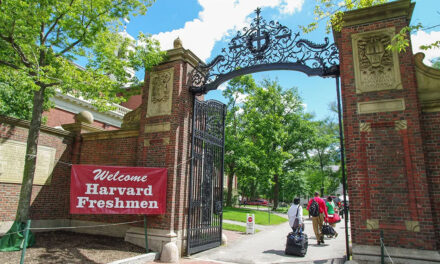

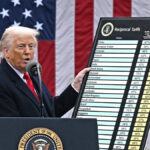

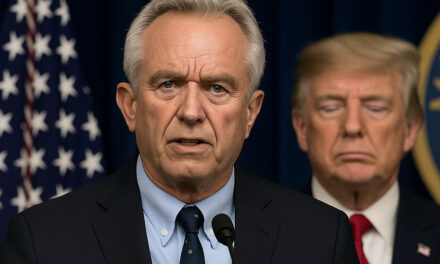
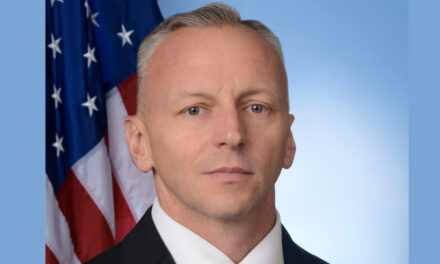
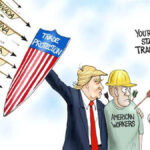
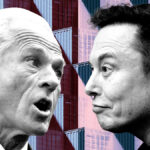
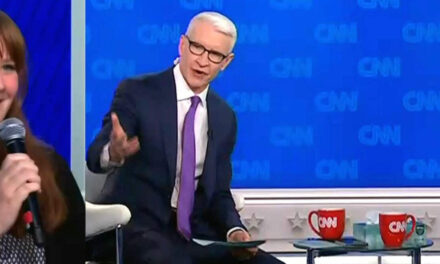
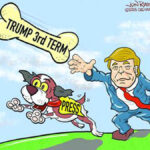
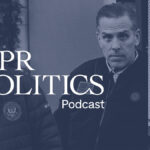

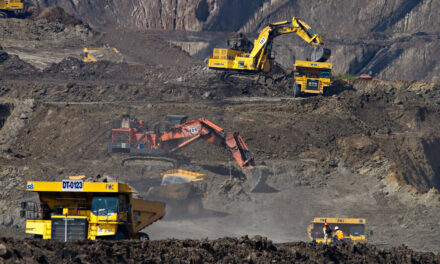
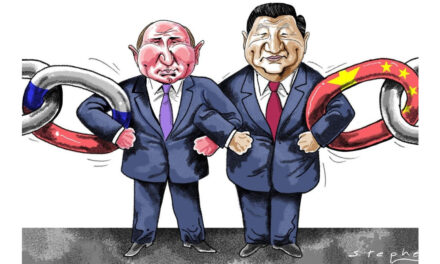
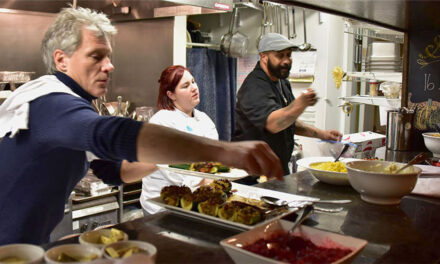



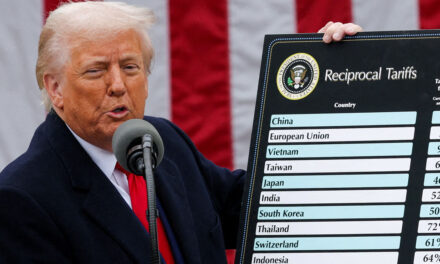
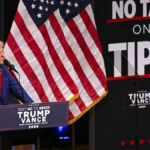
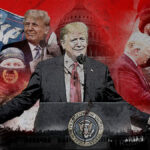
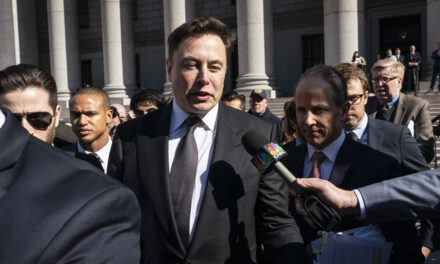
Frank and Mike covered the main points. Larry, of what use is backing someone's economic policy in part when the…
I agree Seth: NOT MAGA! heh, heh. perspective, it's a bootiful thing.
Not MAGA.
Yup, Larry, you got me although you really didn't have to be such a dick about it. I just read…
Larry, Before you open your mouth again (and continue to make yourself look foolish), I suggest you educate yourself on…